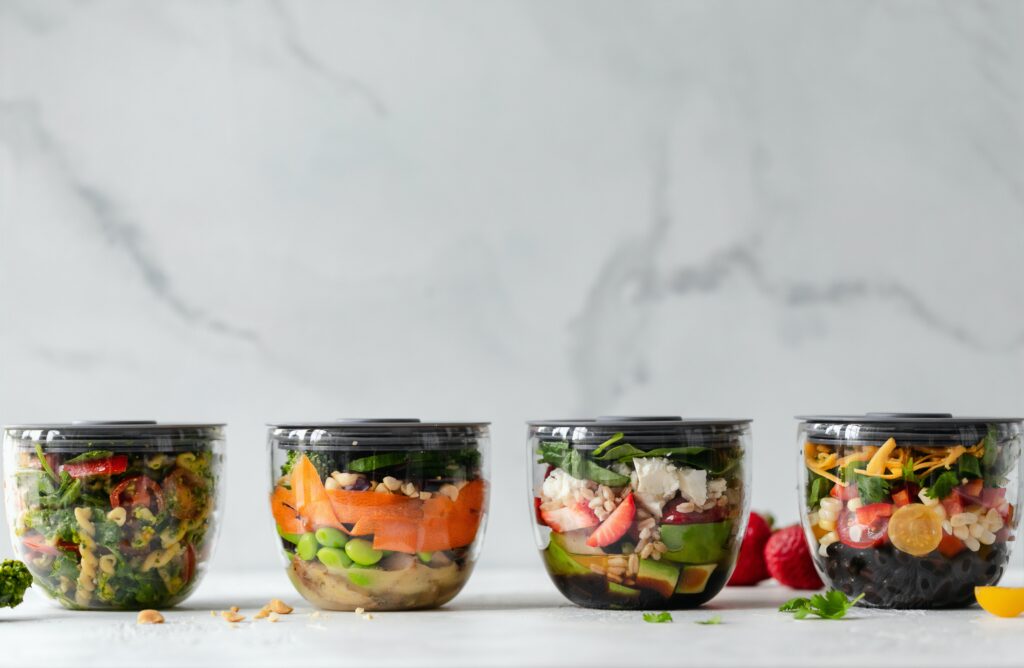Meal Prep
What is meal prep?
Do you ever feel like not cooking? You’re tired, and you had a long day at work.
Wouldn’t it be nice to go home and have dinner ready? Well, you can kind of. If you were in the habit of meal prepping, you could go home and warm dinner and serve. Mission accomplished.
It would be nice to stop wasting money on food by eating out and having your food delivered.
With all of the planning you do, you could also stop and buy that cup of overpriced coffee each day.
Why Meal Prep
Meal prepping is popular amongst busy people or people trying to save money.
Meal prepping gives you two advantages.
- You can prepare meals ahead of time when you are less busy.
- It allows you to set portion sizes.
- You will have healthier choices.
When To Meal Prep
Meal prepping is best done when you are not busy with other things. It’s essential to block off the time on your calendar. Make the time to do this. It will pay off now and in the long run.
How To Meal Prep
The idea of meal prepping is to cook when you have the time and eat later.
The more pre-planning you do, the more successful you will be
Most meals can be cooked ahead of time and served later.
A lot of it depends on your plan. A casserole can be cooked and frozen in the same container when it’s time to eat, thaw and reheat it, and instant dinner.
But if you are trying to control portions to save money, for health or diet reasons. You could dish up the food you wish to serve on individual plates and freeze or save it for later use.
It’s all about your reasoning and why you are doing it.
How To Cook, Store, Reheat, Food Safety
Food safety is paramount.
Here are some food safety guidelines
- Maintain your refrigerator temperature at 40 degrees.
- Maintain your freezer below 0 degrees.
- Cool foods quickly: To freeze fresh foods, meals should be cooled within two hours of buying or making them.
- Don’t store uncooked meat for too long. Cook fresh meat, poultry, and fish within two days.
- Cook at the correct temperatures. Meats, cook until internal temperature is at least 165 F
- Thaw foods safely: Food should be thawed in the refrigerator, not on the kitchen cabinet. If you need to thaw faster, submerge foods in cold tap water.
- Reheat foods only once
- Reheat foods at the right temperature: Meals should be reheated at 165 F. Frozen meals should be reheated and eaten within 24 hours after defrosting.
- Use labels to mark your containers with what is in the container and the date frozen.
- Consume foods within the correct period. Refrigerated meals should be consumed within 3-4 days. Frozen meals within 3-6 months.
Conclusion
You can save a lot of money eating at home. If you do meal prep, most meals will be completed days or weeks before you need them.

